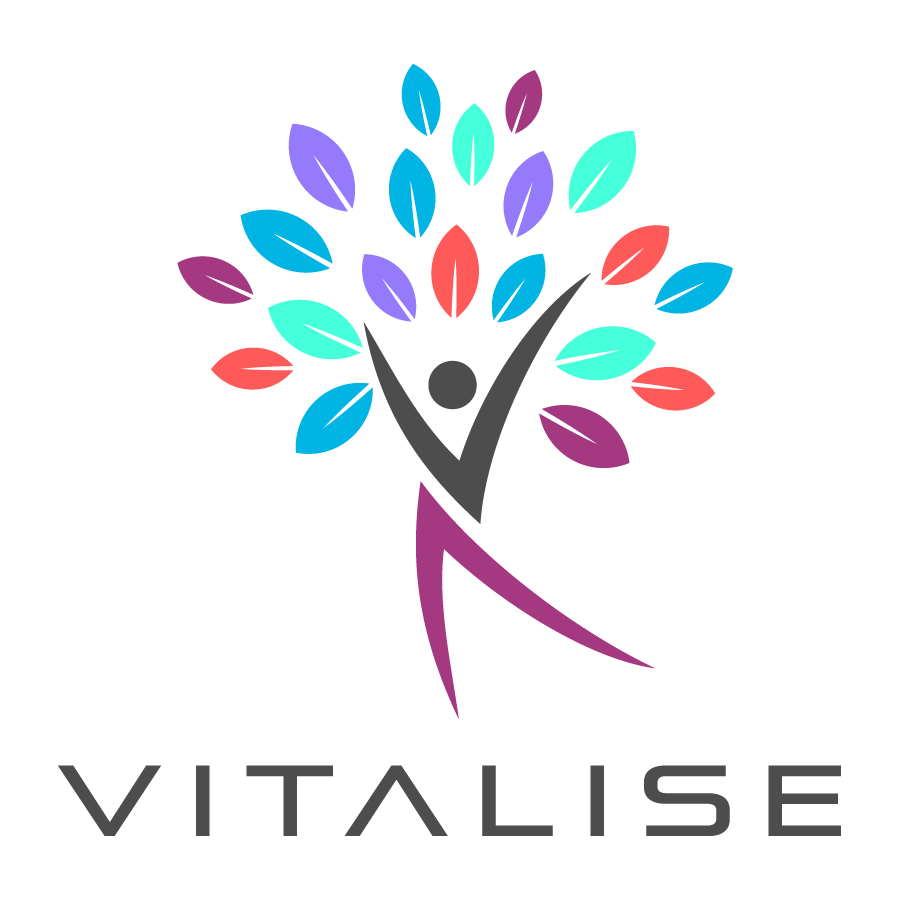Wiki source code of Living Lab Lexicon
Last modified by Sarantis Dimitriadis on 2023/12/08 12:51
Show last authors
| author | version | line-number | content |
|---|---|---|---|
| 1 | It is the case clear that many stakeholders in the Living Lab ecosystem do not always use the same ‘language’ and the words used may allude to different concepts. This can sometimes lead to confusion and misunderstandings and can become even more apparent when talking to different ‘players’ across the Living Lab communities. VITALISE is in the process of creating a Living Lab Lexicon (LLL) with the aim to establish a repository where Living Lab key terms and definition(s) can be found and shared with the Living Lab community and beyond. The overall vision is to facilitate and increase understanding and communication between the different ‘players’ within the Living Lab communities and all those who come in contact with Living Labs. | ||
| 2 | |||
| 3 | In doing so, we are mindful of the fact that some words/terms can have different meanings depending on the context of use (same term/word but with more than one meaning). We also note that different groups of users may opt for different words to represent the same concept (different word/term but with the same or very similar meaning). To ensure that the word/term definitions found in the LLL reflect the perspectives of these main groups of potential users (Academia, Industry, Government, Citizens), we decided that it is important to include words/terms from the Innovation process and the Research process. We thus strive to ensure that the definitions included in the Living Lab Lexicon will reflect the diversity of context and use of the various potential users. | ||
| 4 | |||
| 5 | Using a rigorous term identification process, coupled with a verification of definitions through iterative co-creation sessions we have defined the first 30 LL terms and created a concept map that includes a subset of them. | ||
| 6 | |||
| 7 | |||
| 8 | (% dir="ltr" style="margin-left:auto; margin-right:auto" %) | ||
| 9 | |=(% colspan="4" style="text-align: center; vertical-align: middle;" %)Collected terms from LLs' activities | ||
| 10 | |(% style="text-align:justify; vertical-align:middle; width:367px" %)bottom up|(% style="text-align:justify; vertical-align:middle; width:357px" %)european collaboration|(% style="text-align:justify; vertical-align:middle; width:334px" %)integrative process|(% style="text-align:justify; vertical-align:middle; width:276px" %)observation | ||
| 11 | |(% style="text-align:justify; vertical-align:middle; width:367px" %)co-design|(% style="text-align:justify; vertical-align:middle; width:357px" %)experimentation|(% style="text-align:justify; vertical-align:middle; width:334px" %)iterative feedback|(% style="text-align:justify; vertical-align:middle; width:276px" %)open innovation ecosystem | ||
| 12 | |(% style="text-align:justify; vertical-align:middle; width:367px" %)community pilots|(% style="text-align:justify; vertical-align:middle; width:357px" %)exploration|(% style="text-align:justify; vertical-align:middle; width:334px" %)knowledge sharing|(% style="text-align:justify; vertical-align:middle; width:276px" %)real life testing | ||
| 13 | |(% style="text-align:justify; vertical-align:middle; width:367px" %)constellation|(% style="text-align:justify; vertical-align:middle; width:357px" %)feedback protection|(% style="text-align:justify; vertical-align:middle; width:334px" %)lifecycle approach|(% style="text-align:justify; vertical-align:middle; width:276px" %)regional collaboration | ||
| 14 | |(% style="text-align:justify; vertical-align:middle; width:367px" %)cross border living lab collaboration|(% style="text-align:justify; vertical-align:middle; width:357px" %)governance|(% style="text-align:justify; vertical-align:middle; width:334px" %)living lab methodology|(% style="text-align:justify; vertical-align:middle; width:276px" %)small scale pilots | ||
| 15 | |(% style="text-align:justify; vertical-align:middle; width:367px" %)Cross-fertilization|(% style="text-align:justify; vertical-align:middle; width:357px" %)human centered design|(% style="text-align:justify; vertical-align:middle; width:334px" %)living lab methods and tools|(% style="text-align:justify; vertical-align:middle; width:276px" %)stakeholders | ||
| 16 | |(% style="text-align:justify; vertical-align:middle; width:367px" %)demonstration (sessions)|(% style="text-align:justify; vertical-align:middle; width:357px" %)human factor study|(% style="text-align:justify; vertical-align:middle; width:334px" %)living lab research|(% style="text-align:justify; vertical-align:middle; width:276px" %)user centered-design | ||
| 17 | |(% style="text-align:justify; vertical-align:middle; width:367px" %)end user involvement uptake inclusion|(% style="text-align:justify; vertical-align:middle; width:357px" %)ideation|(% style="text-align:justify; vertical-align:middle; width:334px" %)methodology|(% style="text-align:justify; vertical-align:middle; width:276px" %)user design research | ||
| 18 | |(% style="text-align:justify; vertical-align:middle; width:367px" %)end users|(% style="text-align:justify; vertical-align:middle; width:357px" %) |(% style="text-align:justify; vertical-align:middle; width:334px" %) |(% style="text-align:justify; vertical-align:middle; width:276px" %) | ||
| 19 | |||
| 20 | |||
| 21 | (% class="wikigeneratedid" %) | ||
| 22 | **Graph: The first LL concept map that integrates various definitions and their interlinks.** | ||
| 23 | |||
| 24 | |||
| 25 | [[image:LL concept map.svg||alt="LL concept map" data-xwiki-image-style-alignment="center" height="618" width="1099"]] |
